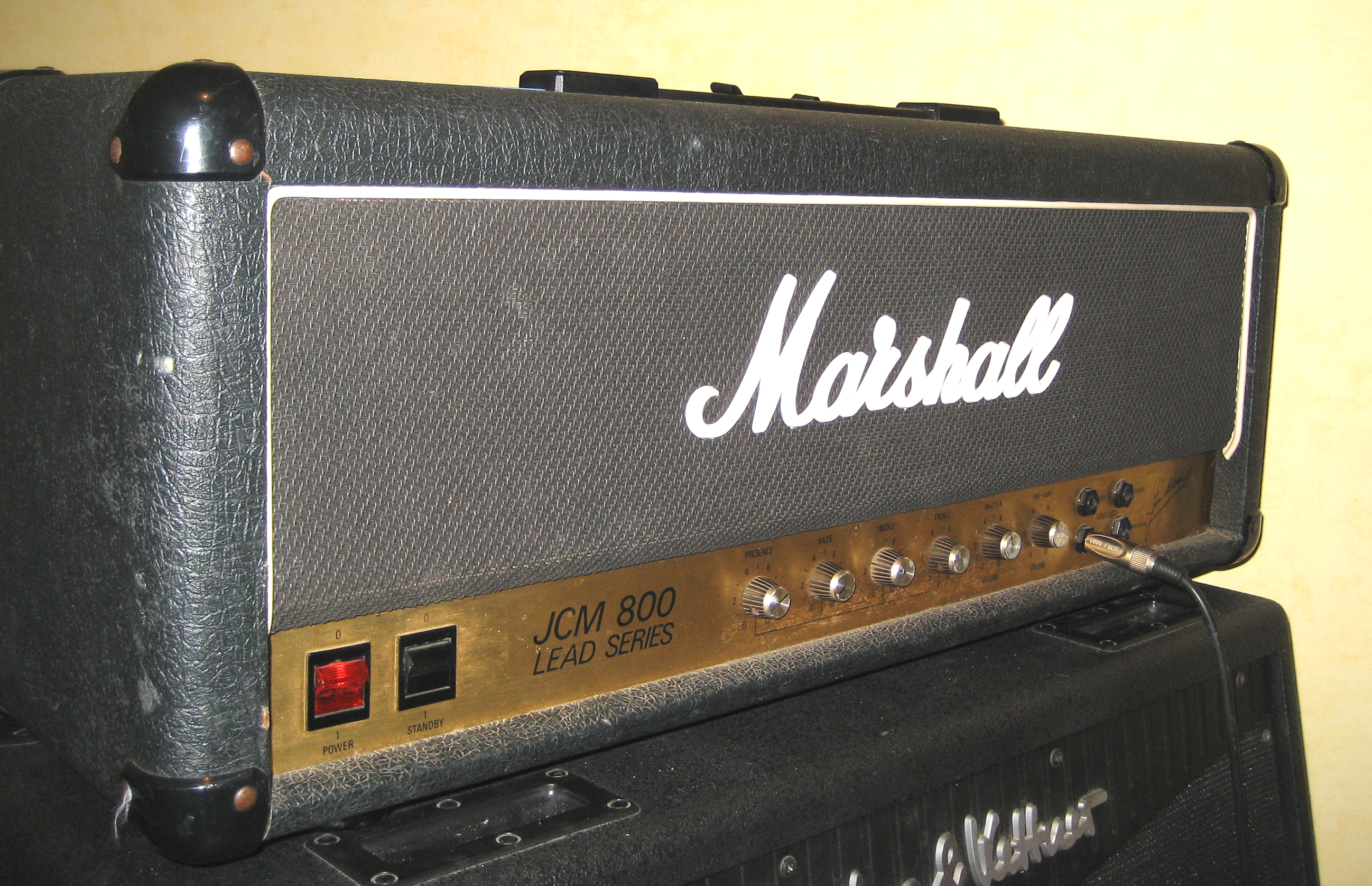


You can define what Audio type it is in the File information field, and you can sort them in the appropriate playlist. Soundsīeatport Pro is also capable of organising loops, one shorts and sound effects in your collection, and while this feature is of great interest to producers, it’s also a boon for DJs as you can finally have all of your samples sorted out and properly catalogued. It’s the single best way to have a lot of different music lists without them hogging your entire screen when browsing. You can nest your playlists in Playlist Folders to keep them organised. Here, I’ve created a Playlist folder for an upcoming festival, and I’ve placed several different playlists I’ve made according to genre (you can never be too prepared!). This is handy for macro-organising your collection so you can view different parts of your library without viewing minute details of every playlist you’ve ever made. You can further organise your library by creating Playlist folders, which let you nest playlists within them. Beatport lets you search for songs by using Filters which sort out characteristics of songs in your collection. You can filter for particular tags so you can zero in on the perfect song to drop during your set, and you can make your search criteria as simple or as deep as you want depending on how many attribute fields you’ve filled up in your songs. Now that you’ve filled out some tags for these tracks, it’s going to be a lot easier searching for songs when you’re preparing a set. You can also add your own custom tags (potential option for anyone who wants to categorise their collection in unique, as-yet-unthought of ways…). Try setting the Mood, Vocal, and Set Time fields, for starters. Once done, you’ll find that Beatport has filled out some of the attribute fields for you on the right sidebar such as the right genre (according to Beatport, anyway), the song’s key as well as the proper BPM, however we suggest that you go even further and fill out the other attributes: Doing so lets you filter and search for a very narrow slice of your music library, letting you get very track-specific when you need to.

Trying a new music library system is a bit like moving house – what’s the point in throwing all your junk in boxes and bringing it with you when you can use the exercise as an excuse for rationalising as you go along? Filling out fields It’s a bit time consuming, and this is partly the reason why I recommend that you start out with a handful of songs in the beginning. Note that this is not an automated process and you’d still have to pick out the title that matches your track, so don’t expect any “batch” processing of sorts where you can leave Beatport Pro to fetch all your data for your songs.
IMPORT BEATPORT PRO TO ITUNES DOWNLOAD
That way, you don’t have to deal with removing duplicate songs (which could take hours) and erroneous files.Ĭlicking “Sync with Beatport” lets you interface with the Beatport Store where you can download metadata information for your track as well as the related album art. When you’re just starting out with Beatport Pro, the best way to get acquainted with it is to start with a small batch of songs. Selecting a track brings up its attributes on the right sidebar, along with a host of characteristics that you can fill in so that you can use them to filter them out later. Here I’ve created a rather generic “EDM” playlist, but it’s good enough to start. That’s what I did, and here’s how I got on… Starting outĪ great way to get familiar with the way Beatport Pro works is to create a playlist which you can populate with a handful of tunes. Unless you’ve been religious in keeping your tunes organised, you probably have a lot of duplicates as well as broken files that you don’t want imported, so instead of getting frustrated with having to clear all of these out, I’d say start small.
IMPORT BEATPORT PRO TO ITUNES SOFTWARE
While it’s possible to sync your entire iTunes Library with Beatport Pro so you have access to all your songs immediately, I think the best way to get acquainted with the software would be to process chunks of music at a time.


 0 kommentar(er)
0 kommentar(er)
